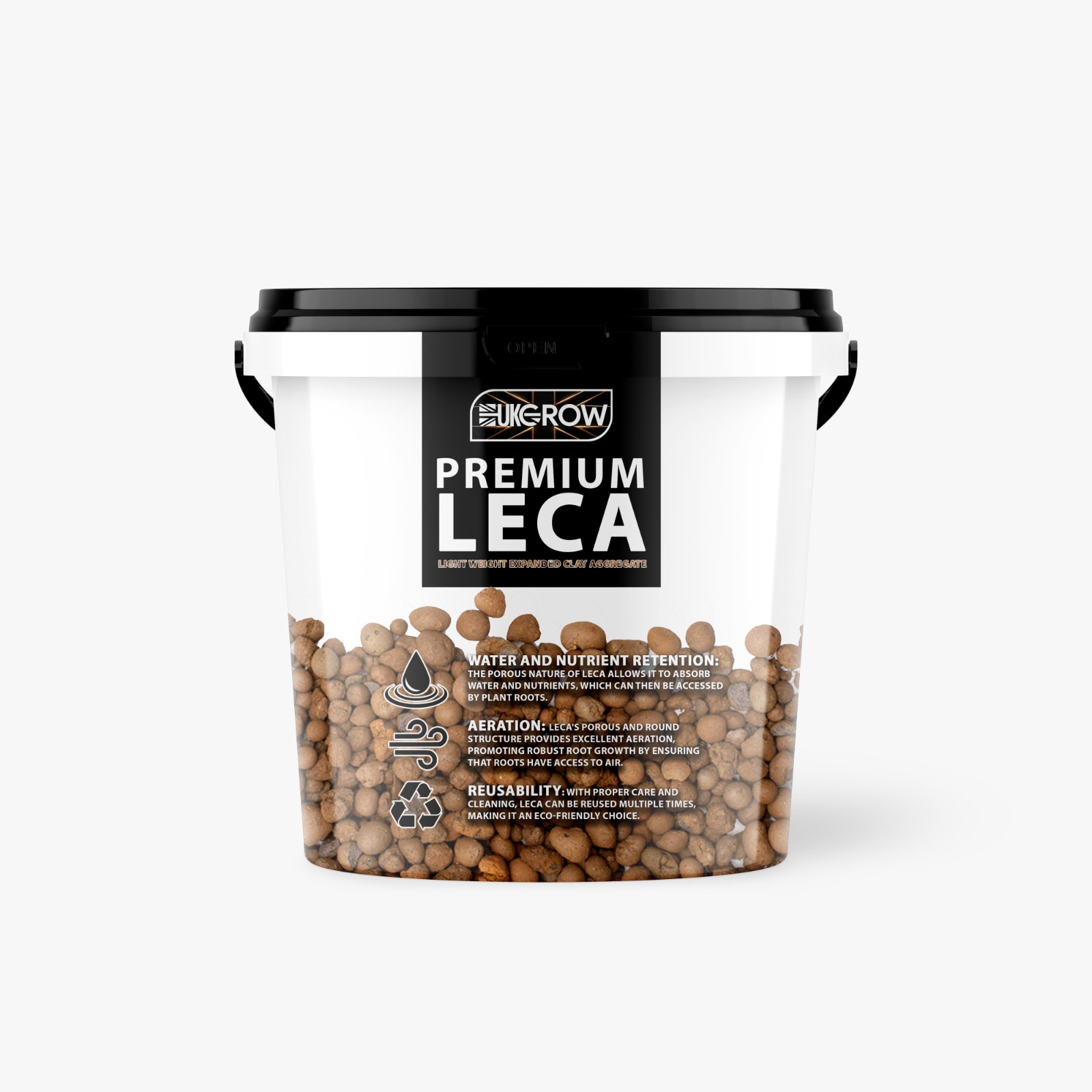Your basket is currently empty!

Exploring LECA Clay Pebbles for Gardening
Defining LECA Pebbles
The Fundamental Aspects
Lightweight Expanded Clay Aggregate (LECA) constitutes a paradigm shift in gardening methodologies. LECA pebbles, characterized by their small, round, and lightweight properties, originate from heating clay at elevated temperatures. This process results in an expansion of the clay into the familiar pebble shape.
Rationale for Utilizing LECA Pebbles
One might inquire, “Why opt for LECA when traditional soil or hydroponic systems are readily available?” The answer lies in the unique blend of flexibility, environmental consciousness, and exceptional water-saving capabilities that LECA introduces. For gardeners of all experience levels, LECA provides an effective and efficient means of ensuring plant health.
Identifying the Advantages of LECA
Efficient Water Management

LECA effectively functions as a self-hydrating plant system. The pebbles exhibit an exceptional ability to absorb and slowly release water, creating a steady hydration source. This approach drastically reduces watering frequency and minimizes the risk of overwatering.
Emphasizing Sustainability
LECA underscores the importance of sustainability in gardening. The manufacturing process, which uses natural clay, produces a product with an indefinite lifespan. LECA’s reusability reduces waste and promotes a more environmentally friendly gardening methodology.
The Reusability Factor

Plant failure does not necessitate the disposal of your LECA. The pebbles can be cleaned and reused, thus providing long-term savings and contributing to the preservation of the environment.
Implementing LECA in Your Garden

Preparation of LECA Pebbles
To prepare LECA for use, thoroughly rinse the pebbles to remove any dust. Subsequently, immerse them in water for a minimum of six hours, or until they achieve saturation.
The Planting Procedure
Appropriate Plant Selection
It’s crucial to note that not all plants are compatible with a LECA system. Plants preferring a moisture-rich environment, such as ferns or pothos, generally demonstrate the best adaptability.
Care Instructions
Upon the saturation of your LECA pebbles, place the selected plant in a suitable container and add the pebbles. Monitor the water levels, refilling as necessary, and you’ve effectively set up a LECA-based garden!
Addressing Common LECA Concerns
Algae Growth: Causes and Solutions
Under certain conditions, algae may proliferate on LECA pebbles. If such a situation arises, thoroughly clean the pebbles and the container, and cover the setup to prevent light exposure, which promotes algal growth.
Navigating Watering Issues
Determining the optimal watering schedule for LECA-based systems can present a challenge. Observing plant health and adjusting watering frequency as necessary will ensure that your plants receive appropriate hydration.
Clarifying FAQs on LECA
Conclusion
LECA clay pebbles represent an innovative, sustainable, and efficient gardening method. Regardless of gardening experience, LECA can significantly enhance your horticultural efforts. Why not embrace this evolution in gardening and experiment with LECA?
FAQs
- Is LECA suitable for all types of plants? LECA is not universally suitable; it works best with plants that favor a moisture-rich environment.
- Can LECA pebbles be reused? Yes, LECA pebbles can be cleaned and reused, promoting sustainability and cost-efficiency.
- What is the recommended watering frequency for plants in LECA? LECA’s efficient water management requires less frequent watering. Monitor your plants and adjust watering as necessary.
- How should I address algal growth on my LECA pebbles? In case of algal growth, clean the pebbles and the container, and use a cover to minimize light exposure.
- Where can I purchase LECA pebbles? Follow the link below to purchase UKGROW LECA

Leca Clay Pebbles
UKGROW Premium LECA Clay Pebbles are your go-to solution for efficient, sustainable, and innovative gardening. Packaged conveniently in buckets or bags, these lightweight, reusable pebbles excel in water management, promoting plant health, and simplifying your gardening routine. Unleash your plant’s potential with UKGROW LECA today.

